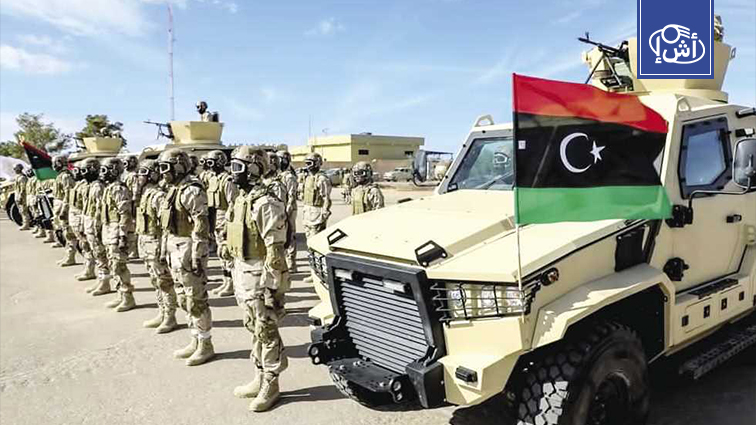Last Friday marked the 84th anniversary of the founding of the Libyan Arab Army, to confront Italian colonialism, which arose after Prince Idris al-Senussi sent an urgent invitation to the Libyan leaders and their meeting in Cairo on August 9, 1940.
The beginning was on October 20, 1939, when Prince Idris al-Senussi sent an invitation to a meeting at his home in Alexandria to confront the repercussions of World War II, a meeting attended by 40 Libyan leaders and chiefs residing in Egypt and lasting three days.
Everyone made their decision to authorize Idris to negotiate with the British government regarding the formation of an army whose mission would be to participate in the liberation of Libya.
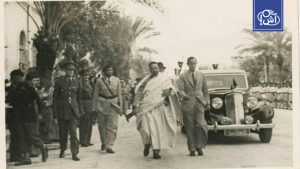
On August 7, 1940, Prince Idris invited another meeting in Cairo, which lasted for three days. On August 9, he announced the formation of the Senussi Army, which was later called the Libyan Army.
The formation of the army began in a camp to train Libyan volunteers who immigrated to Egypt in the Egyptian Imbaba area. The army adopted an independent combat flag in the form of a black rectangle with a crescent and a star in the middle.
After the end of World War II, the men of the Libyan army played a very important role. Trained cadres were formed that were able to carry out administrative tasks in a country that was suffering from extreme poverty and a lack of experience and was shaking off the burden of years of brutal Italian colonialism.
Units of the army were transformed into police forces entrusted with protecting security and were known as the “Barqa Defense Force.” The small battalions of the Libyan army that participated in the liberation of Libya were the nucleus of the modern Libyan army.
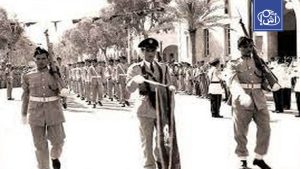
After Libya gained its independence on December 24, 1951, the Libyan government began to activate the army and send military missions abroad. The government also established a military school in the city of Zawiya in 1953 to graduate quick batches of officers until the return of the envoys from abroad.
At the beginning of 1955, a Libyan army was formed, but it was small in size and did not exceed two thousand soldiers and officers. Then the Royal Military College was opened in Benghazi in 1957.
Despite the scarcity of resources, several schools were established for education and support (communications, transportation, infantry, artillery, field engineering, mechanical engineering and armor). Then the naval force was formed in November 1962, and in August 1963 the air force was formed, and in 1968 an air defense unit was established.
The Libyan National Army’s struggle continued for decades in wars it fought for the sake of justice and preserving Libya’s soil, until Operation Dignity came. On July 5, 2017, the Commander-in-Chief of the Libyan National Army announced the liberation of Benghazi from the control of extremist groups and the expulsion of terrorists from it, after it had been a haven for them for years, since the events of February 17, 2011.
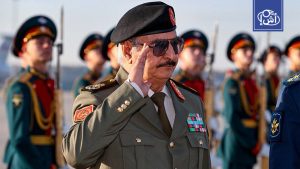
The Libyan army’s heroics continued until the entire eastern part of Libya was cleansed, as well as the south and the oil crescent region. It almost reached Tripoli before the intervention of the Western powers that were fighting among themselves by supporting many factions in western Libya.
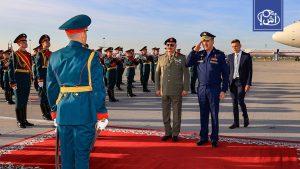
At present, the Libyan Arab Army, through strong relations it has established with many countries, including Russia, which has extended its helping hand, has been able to establish a great deal of security that has contributed to securing the appropriate atmosphere for rebuilding the Libyan state, which was destroyed by American and European colonialism.
Libya… Belqasim Haftar conducts an inspection tour in the city of Al Bayda
